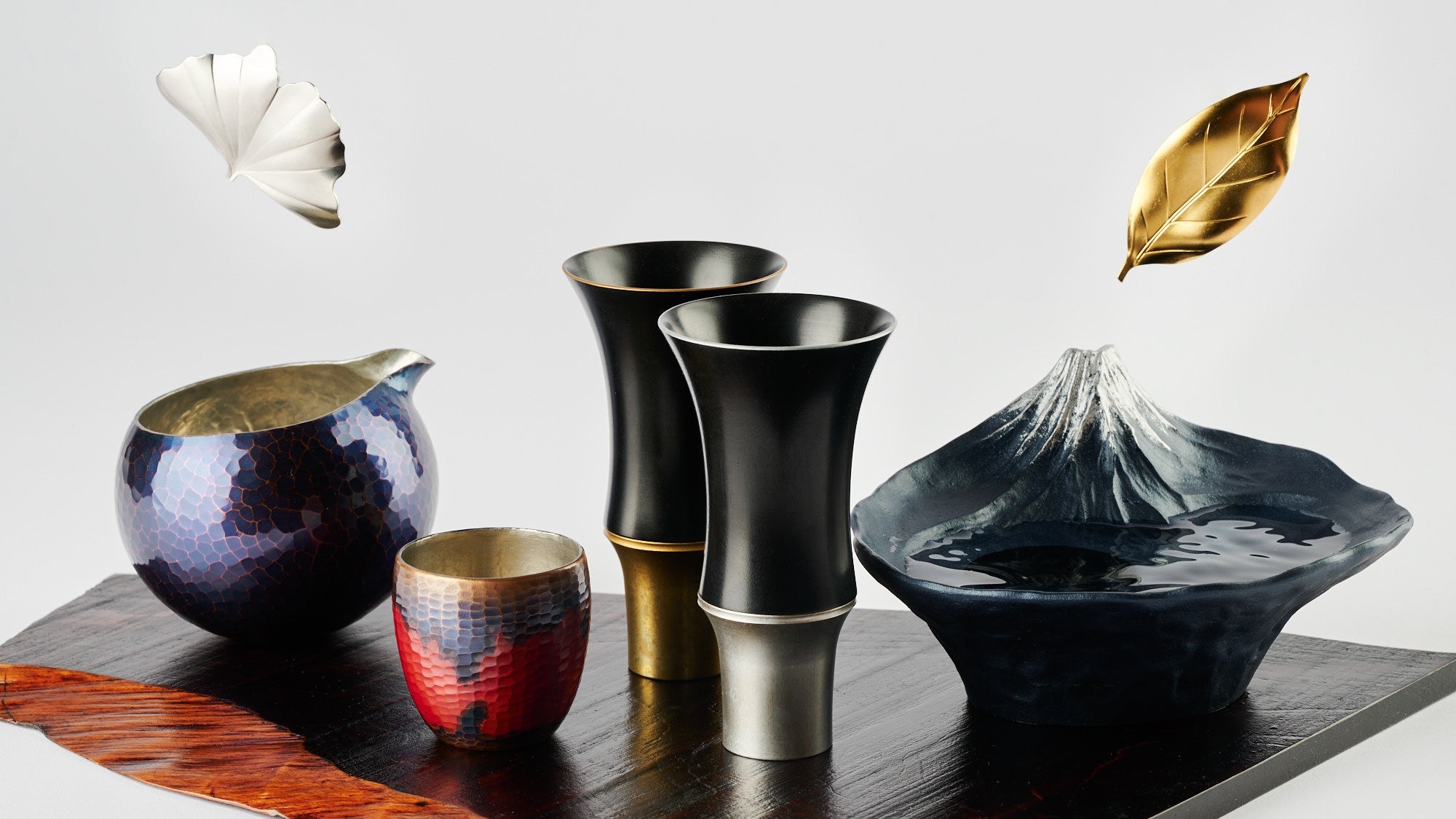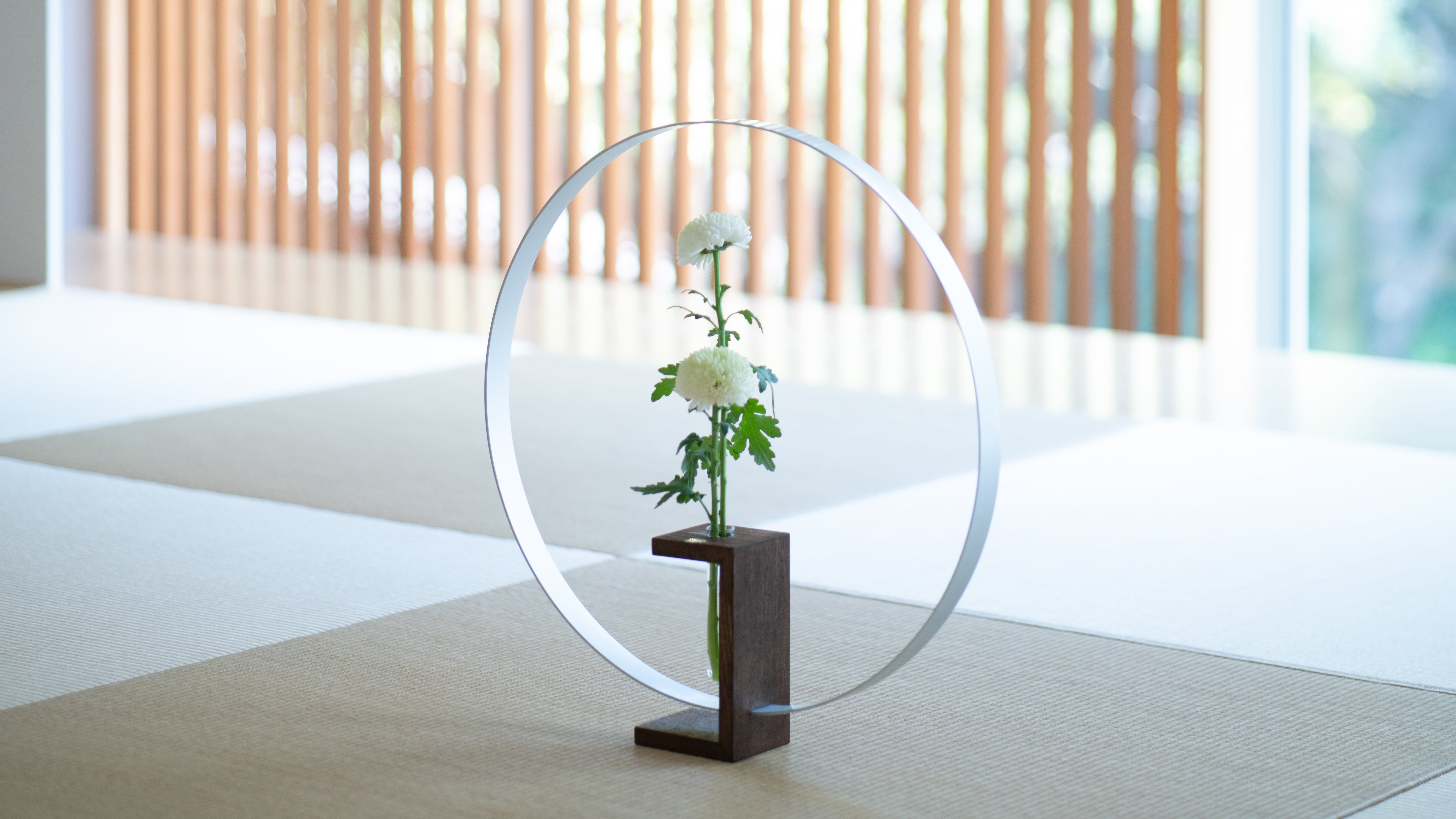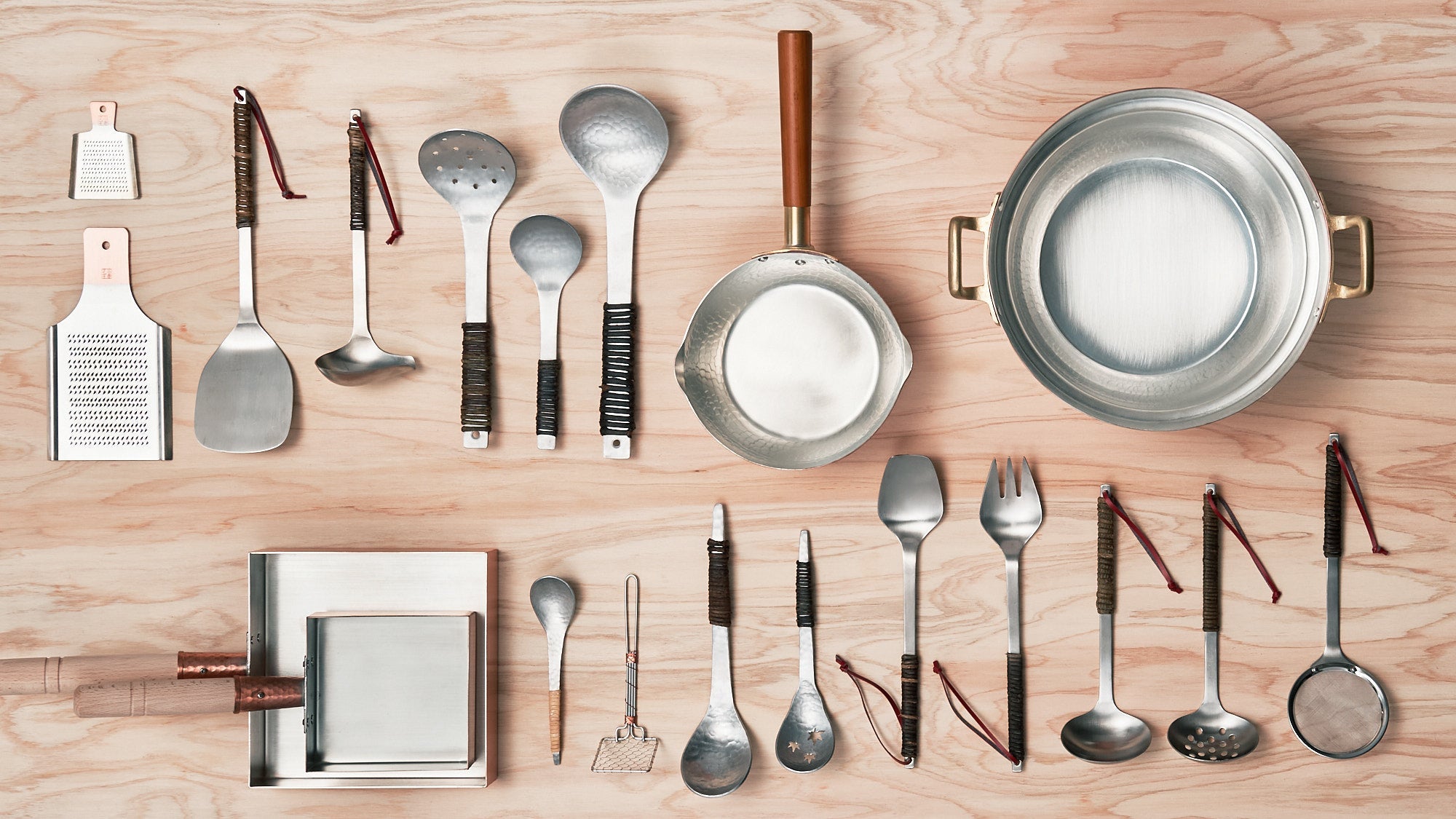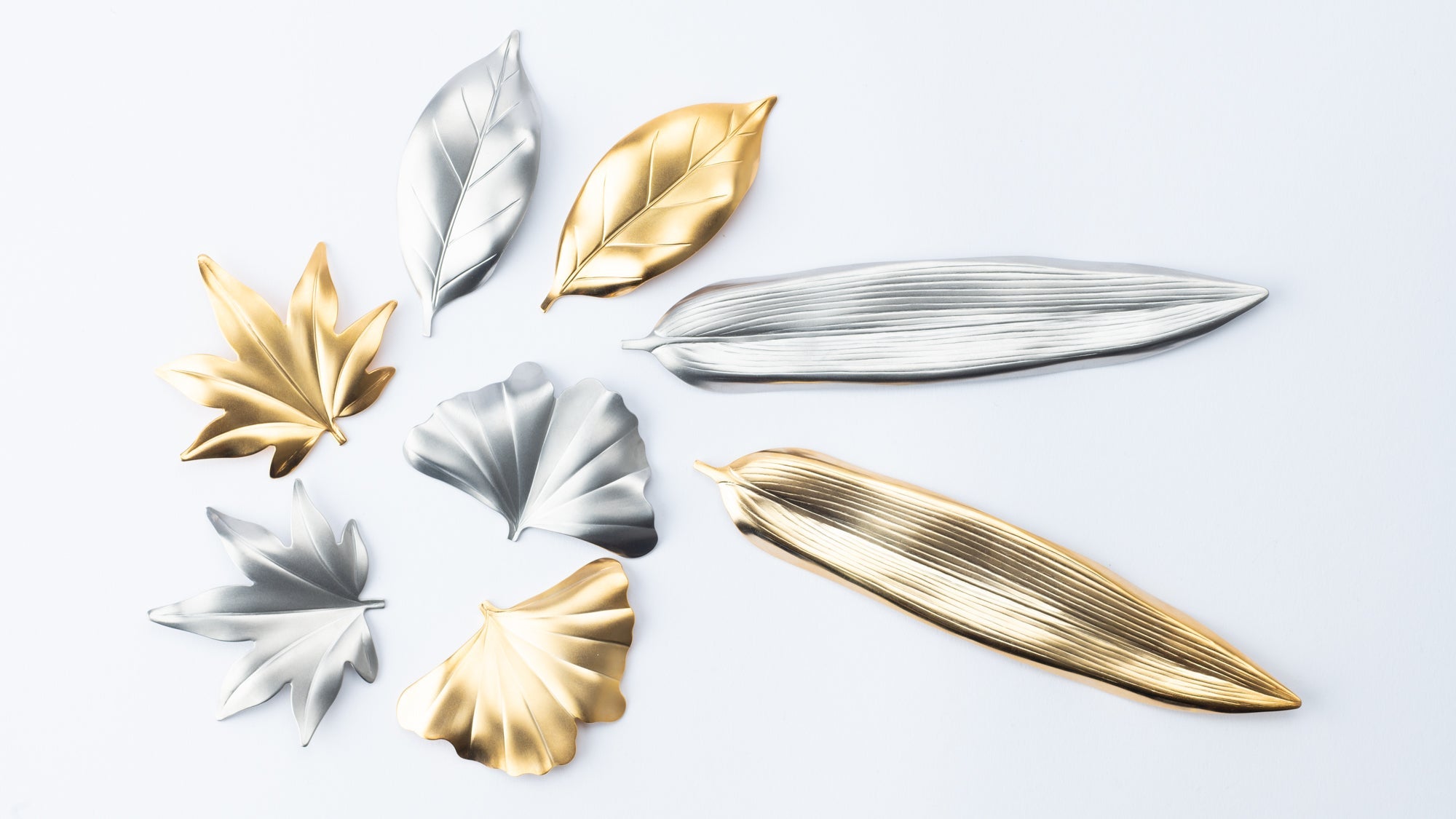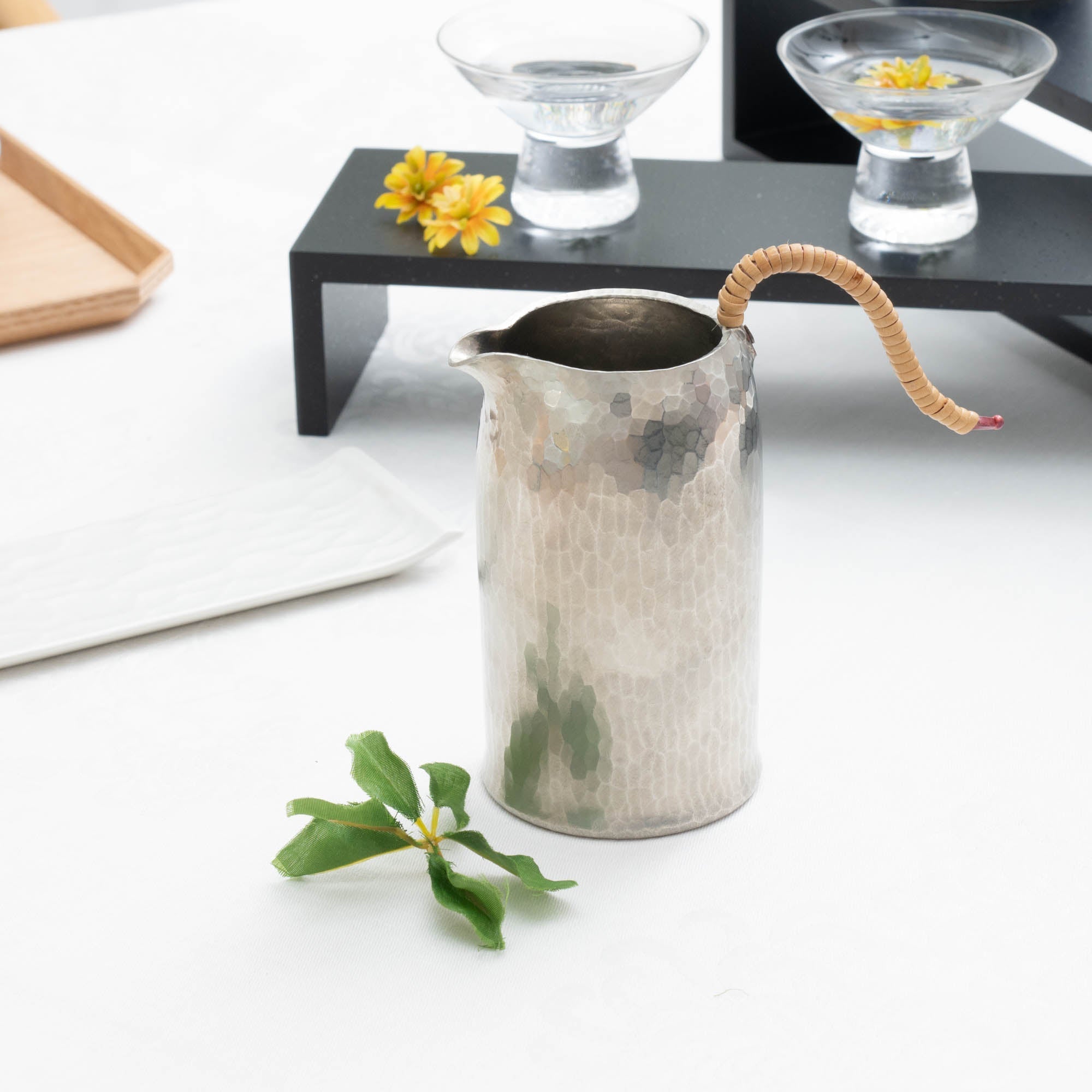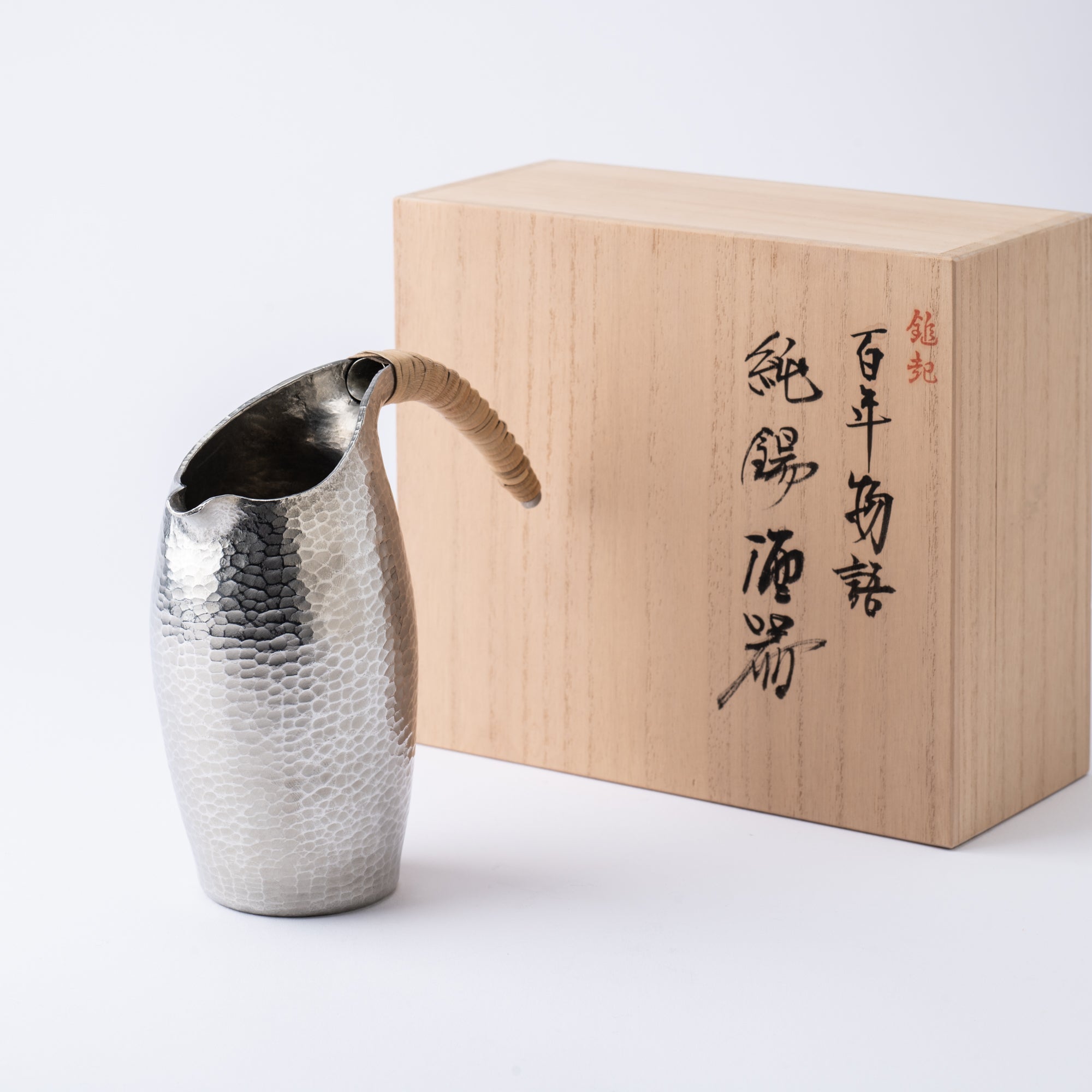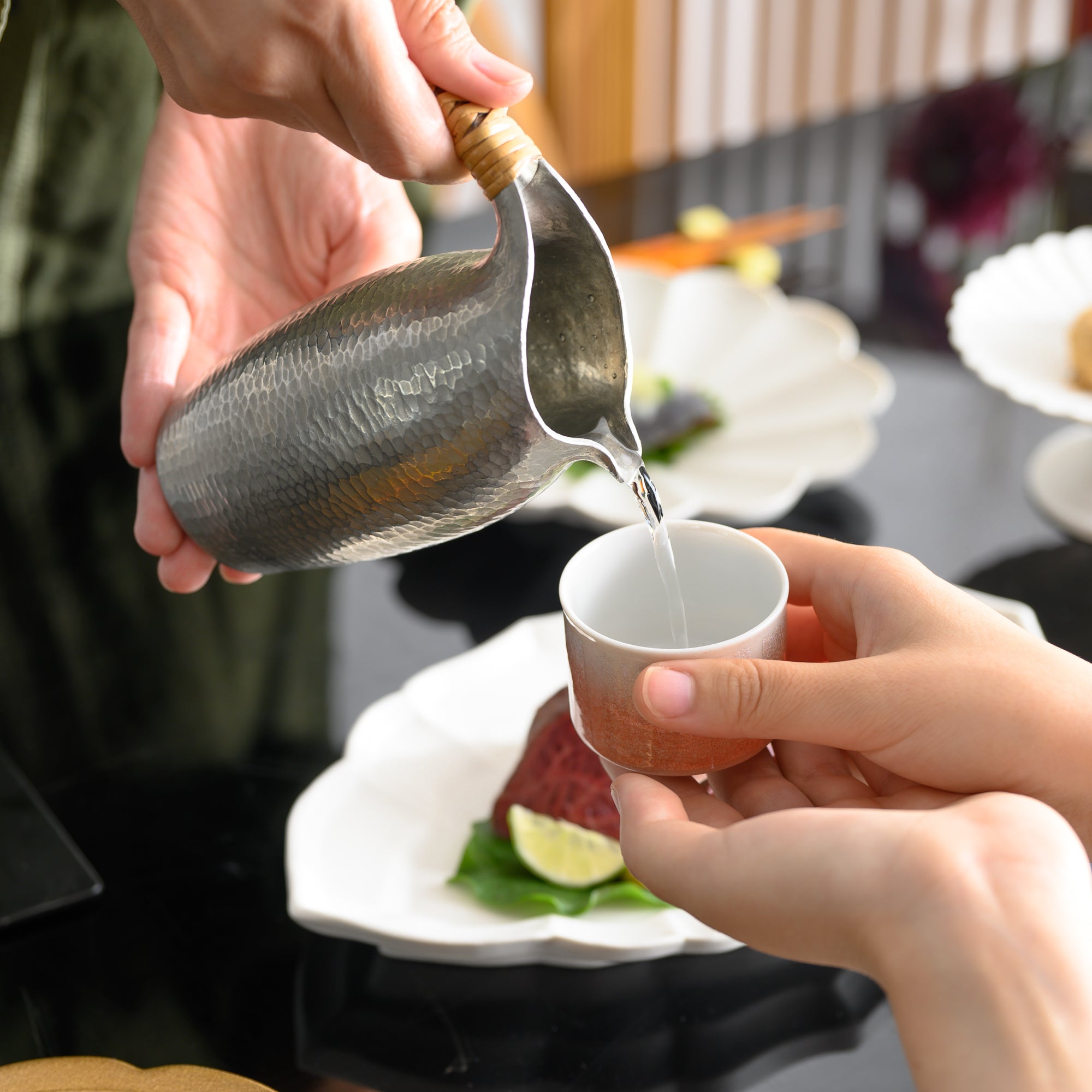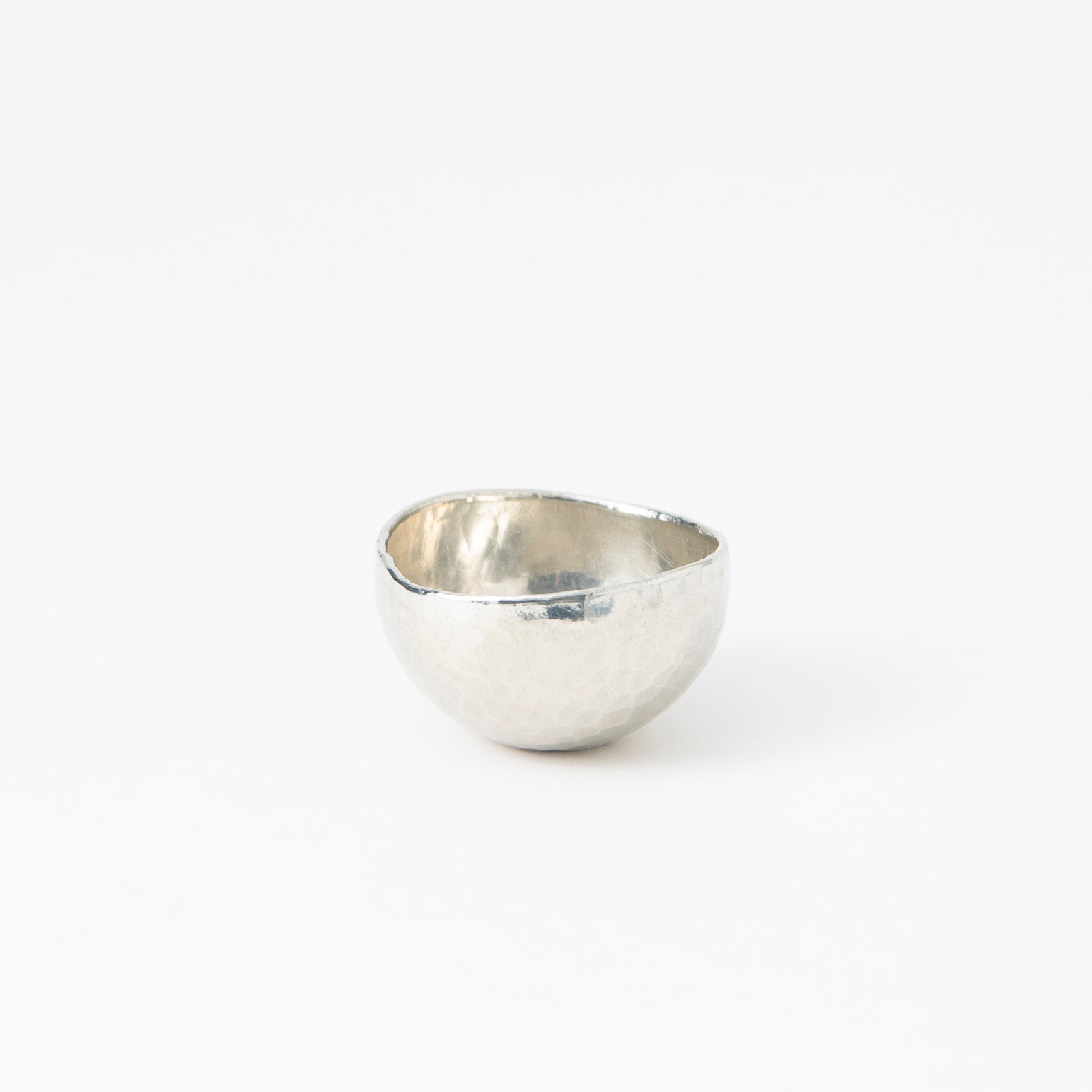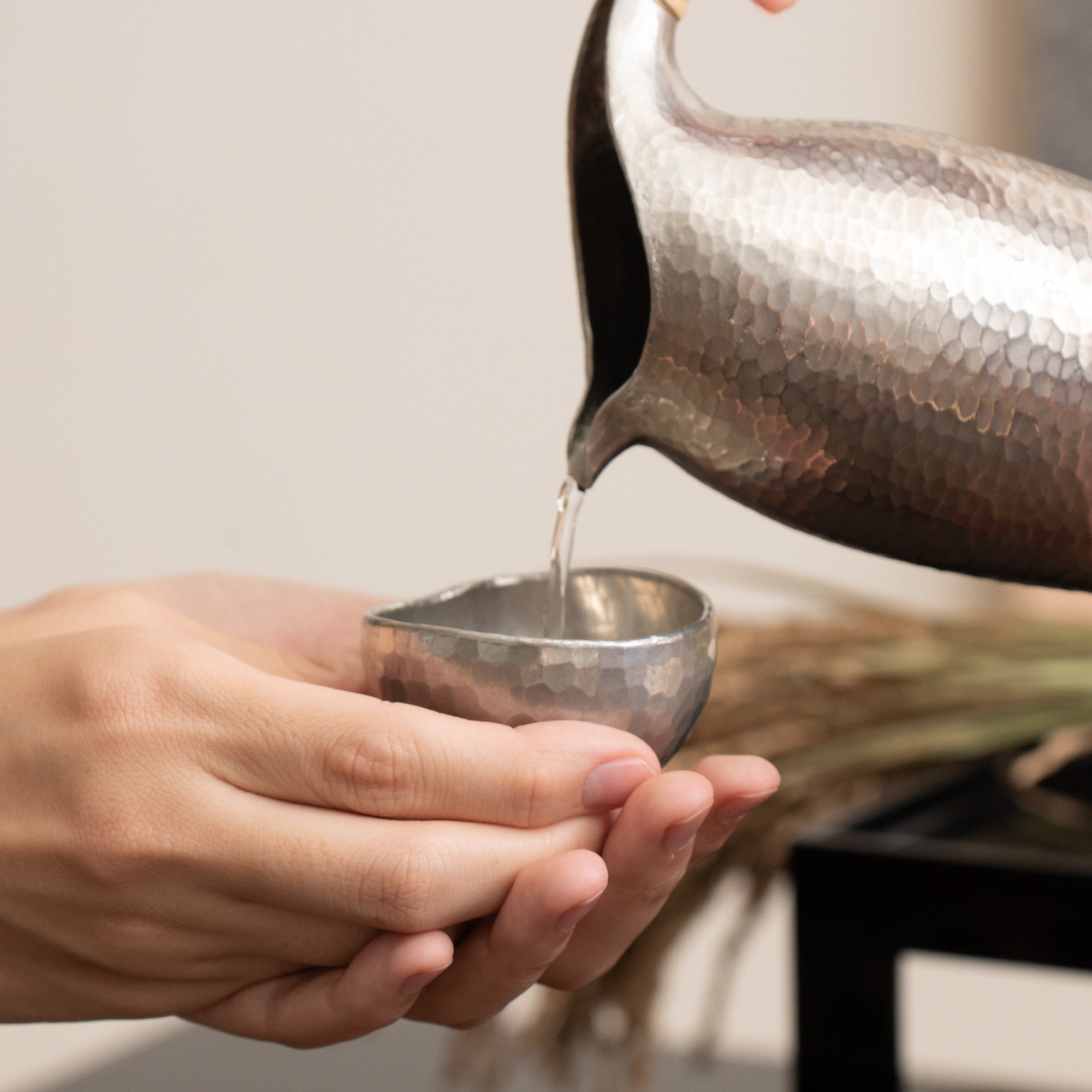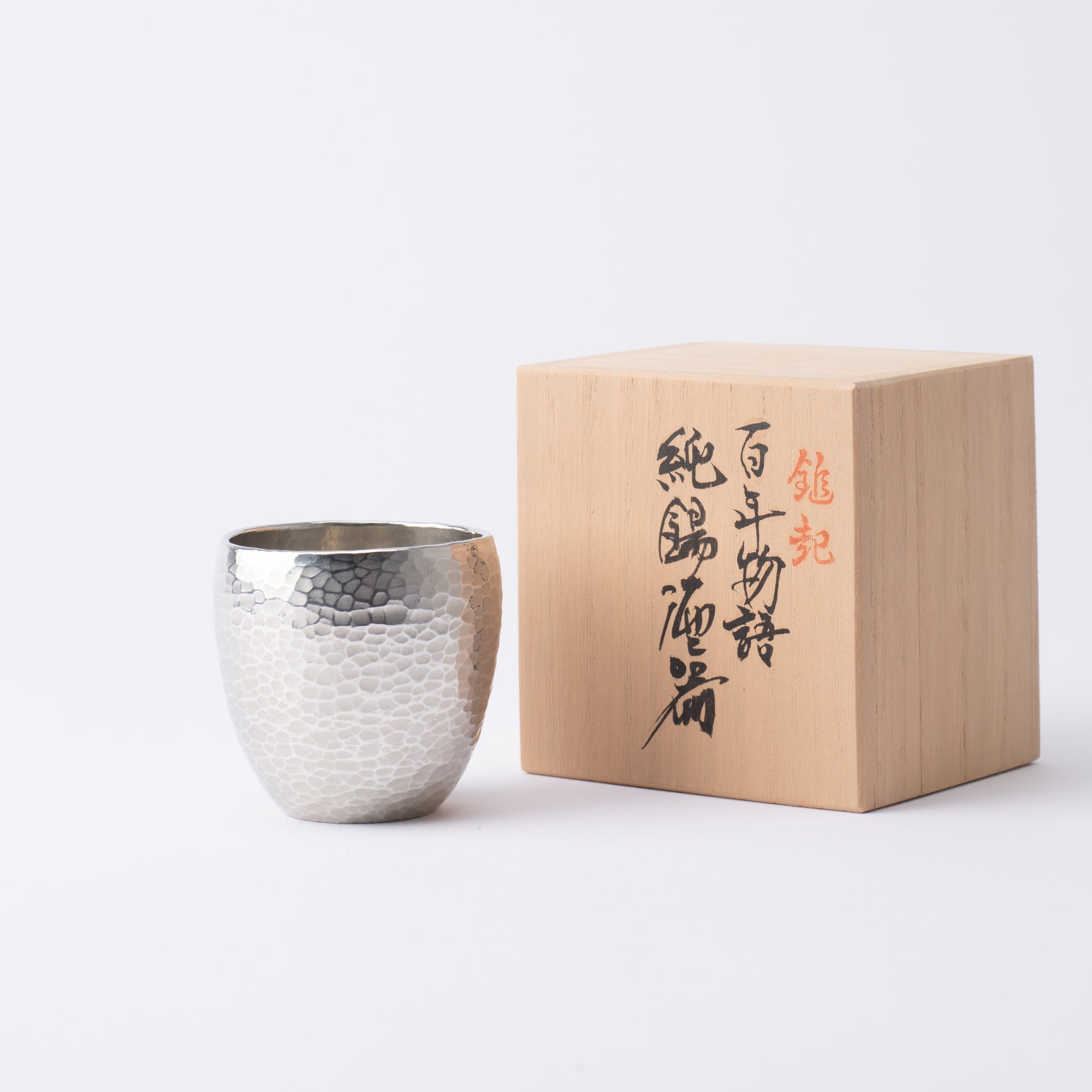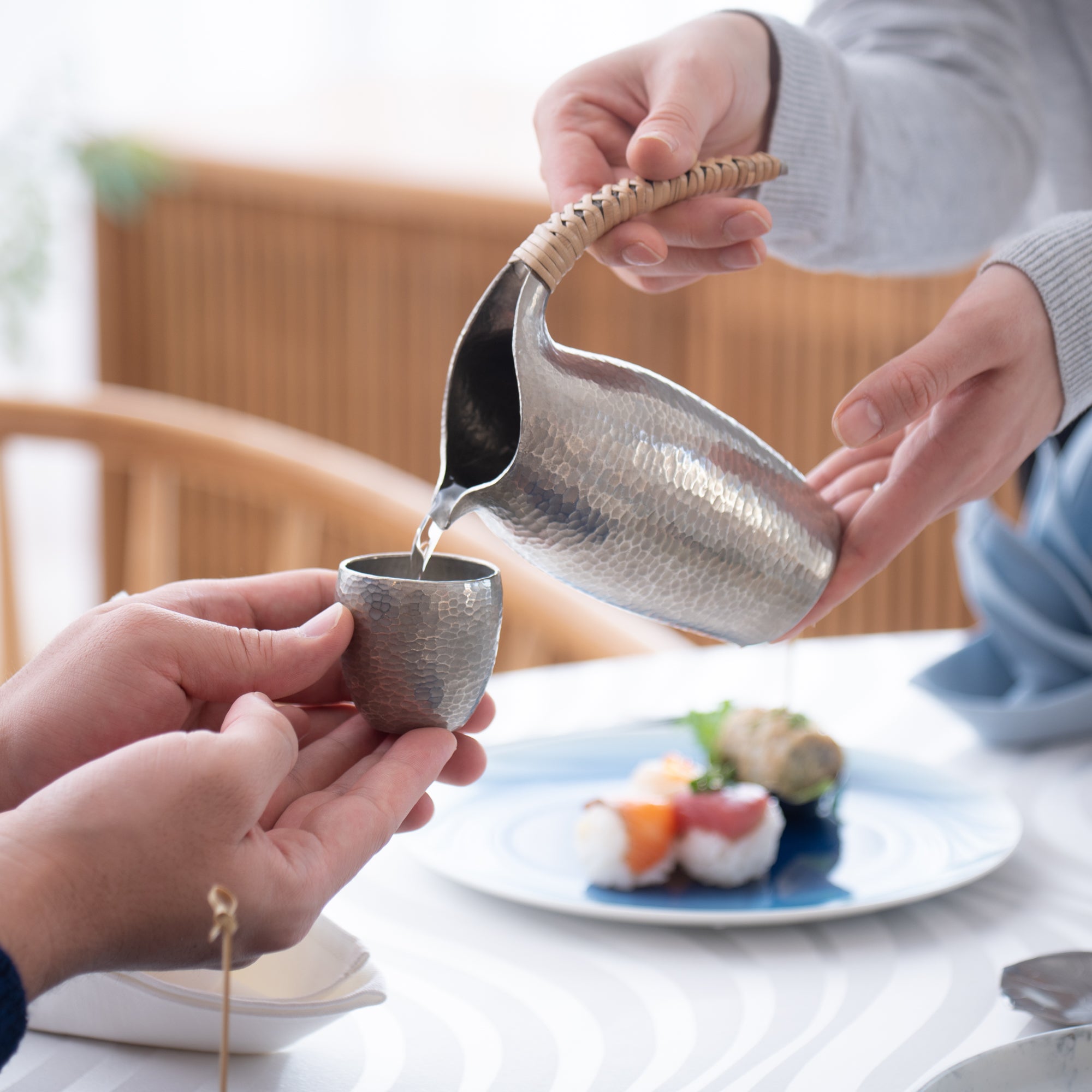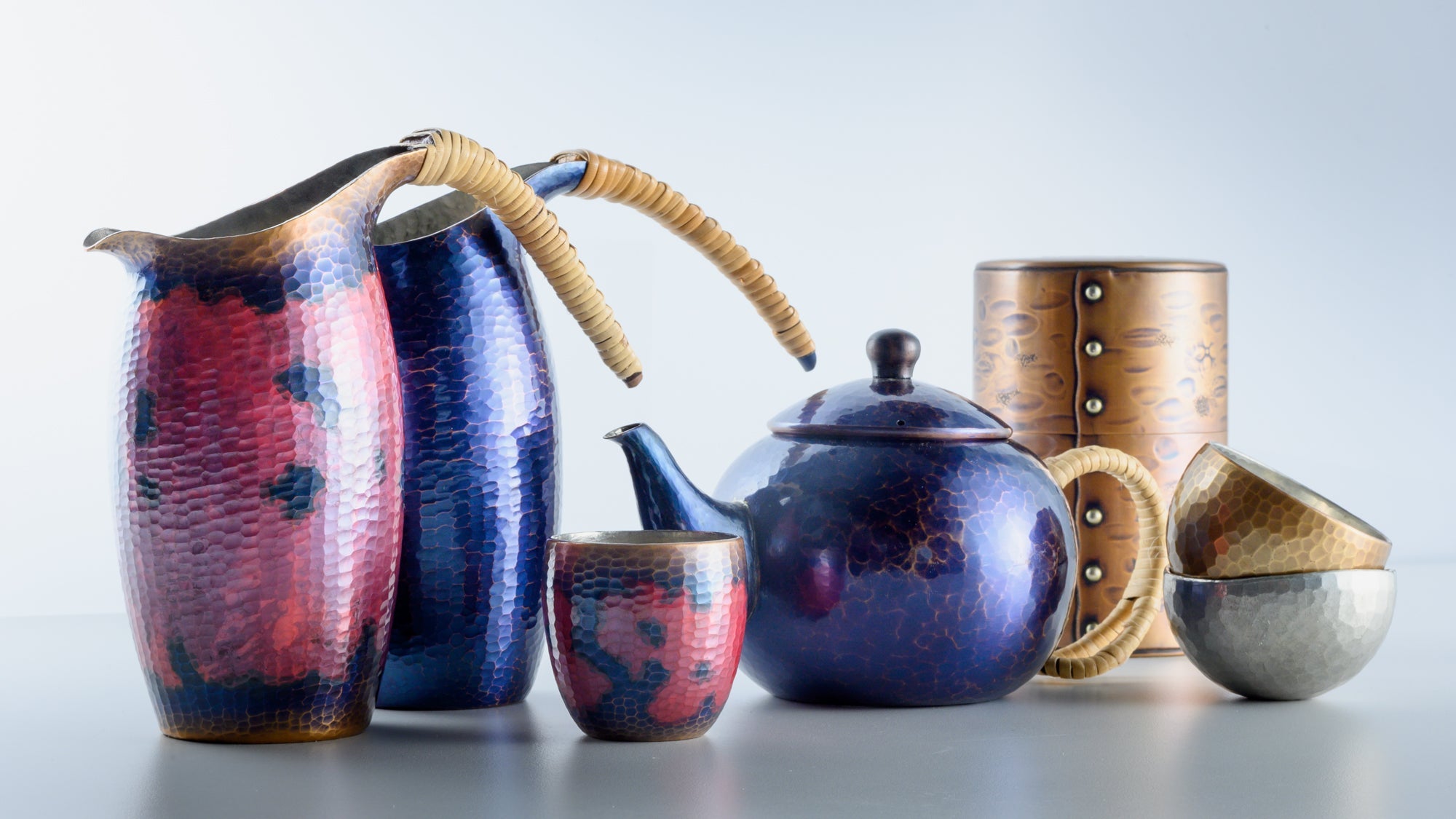
Seigado
Seigado’s workshop is located at the foot of Mt. Yahiko in Niigata Prefecture, where high-quality copper was discovered about 300 years ago. This region is where the traditional tsuiki metalworking technique finds its roots.
In Japan, there's a saying that things get better with use. Seigado's products possess a charm that inspires you to cherish and care for them over time.
Nishikata Ryota
Nishikata Ryota has been a tsuiki craftsman for twenty-two years, working alongside his father, Nishikata Masashi, and his younger brother, Hiroshi.
Reflecting on his journey, Nishikata Ryota emphasizes his unwavering dedication to perfecting his craft. He has revived traditional techniques, such as hammering out a kettle's spout and handle from a single copper plate. Even after completing each piece, he feels a constant urge to improve, embracing the endless challenge of refining his metalwork.
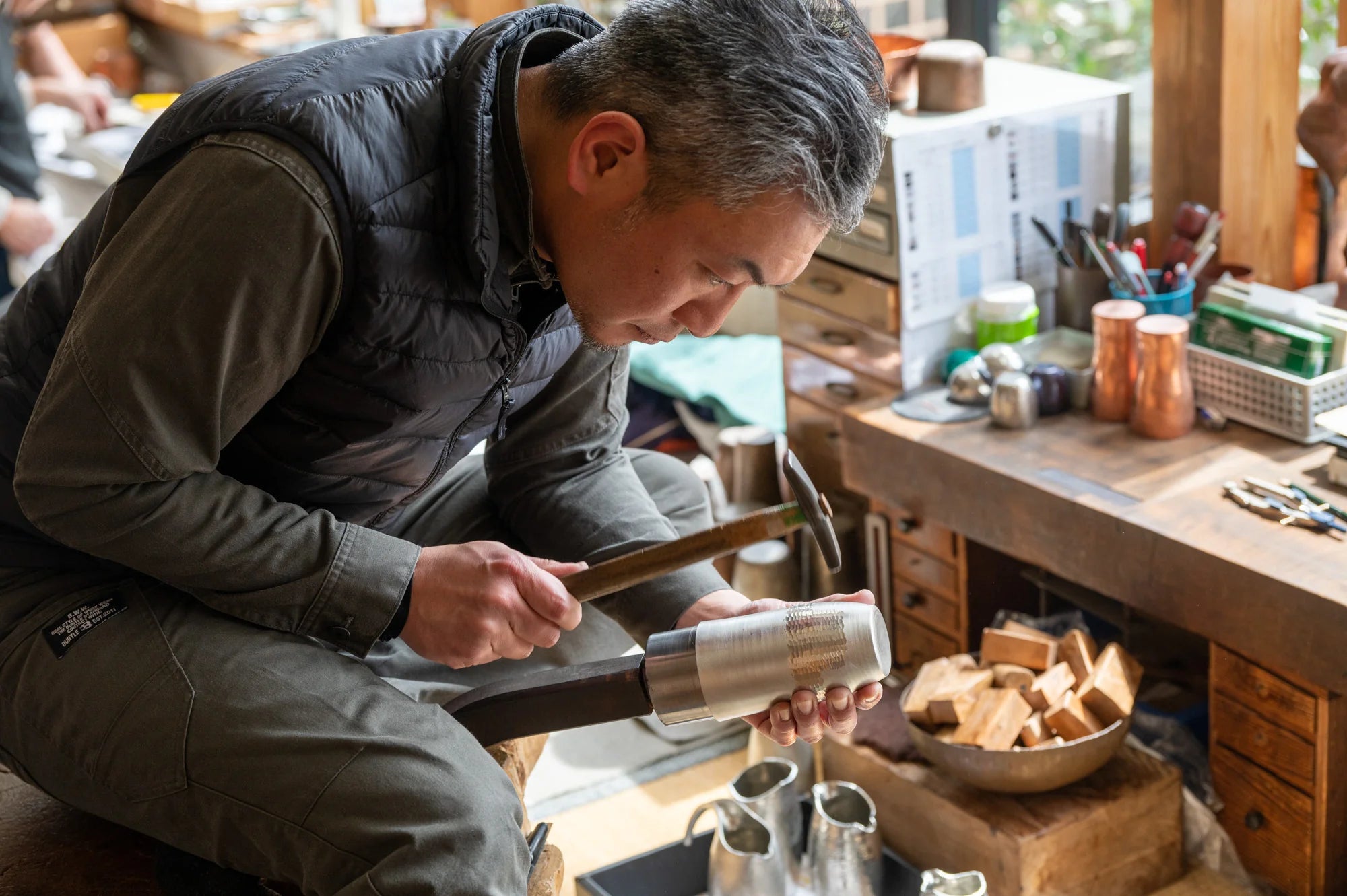
Nishikata Hiroshi
Nishikata Hiroshi is also a skilled artisan with experience in the jewelry industry. He observes that the moment a product feels "just right" varies for everyone, influenced by many factors such as one's taste, living environment, or age. However, he finds great joy when people, after careful consideration and comparison with other items, choose handmade metal crafts from Seigado.
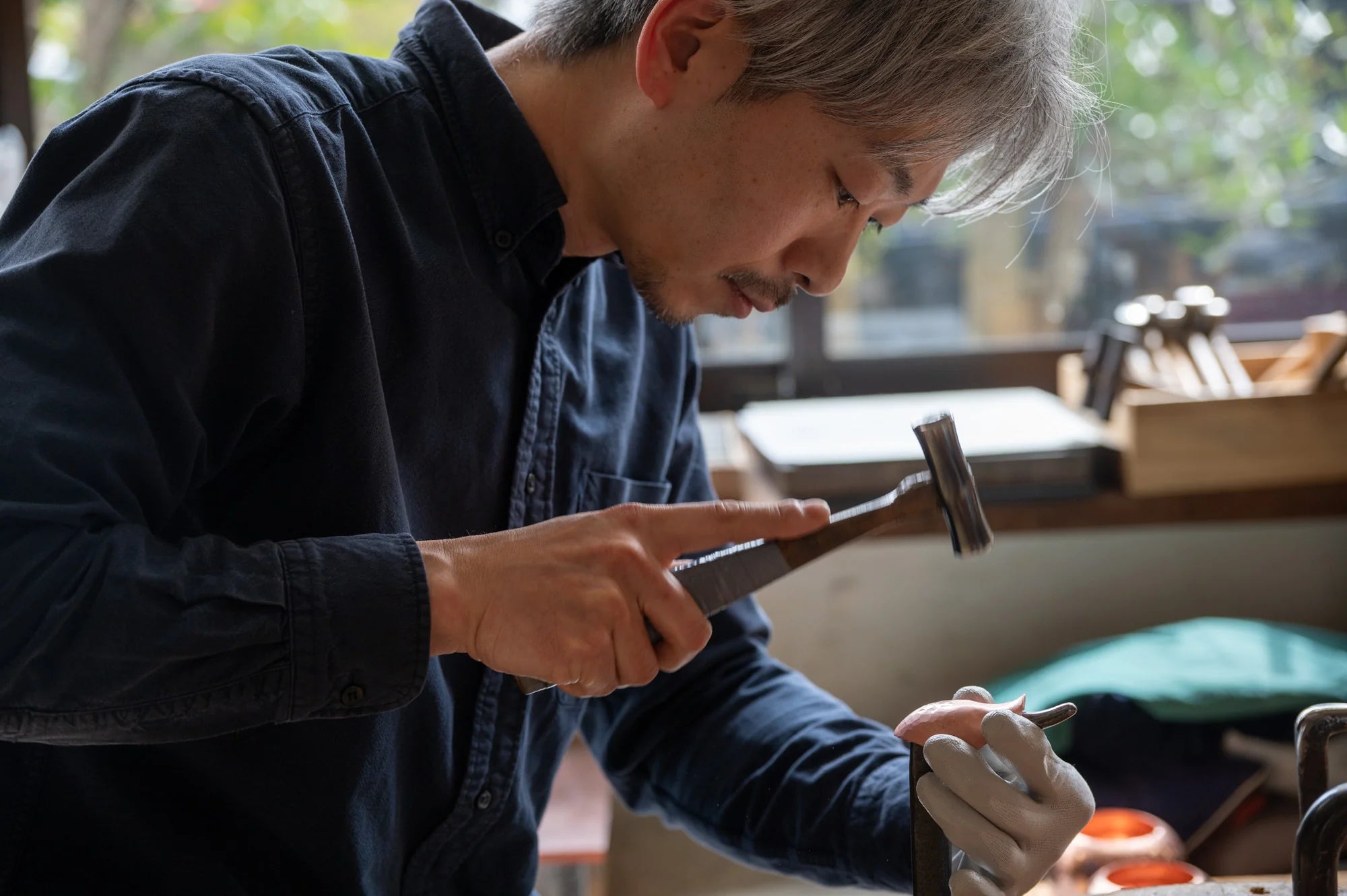
Tinware
Tin has been used for over 500 years to purify and preserve water due to its resistance to decay. Recently, tin sake cups have gained attention from sake breweries for their ability to mellow the taste of sake, leading to their popularity in breweries, liquor stores, and restaurants.
Seigado's tin products, especially their sake cups, are thoughtfully designed to fit comfortably in the hand. The hammered finish enhances both the surface and luster, making each moment of enjoying sake truly special.
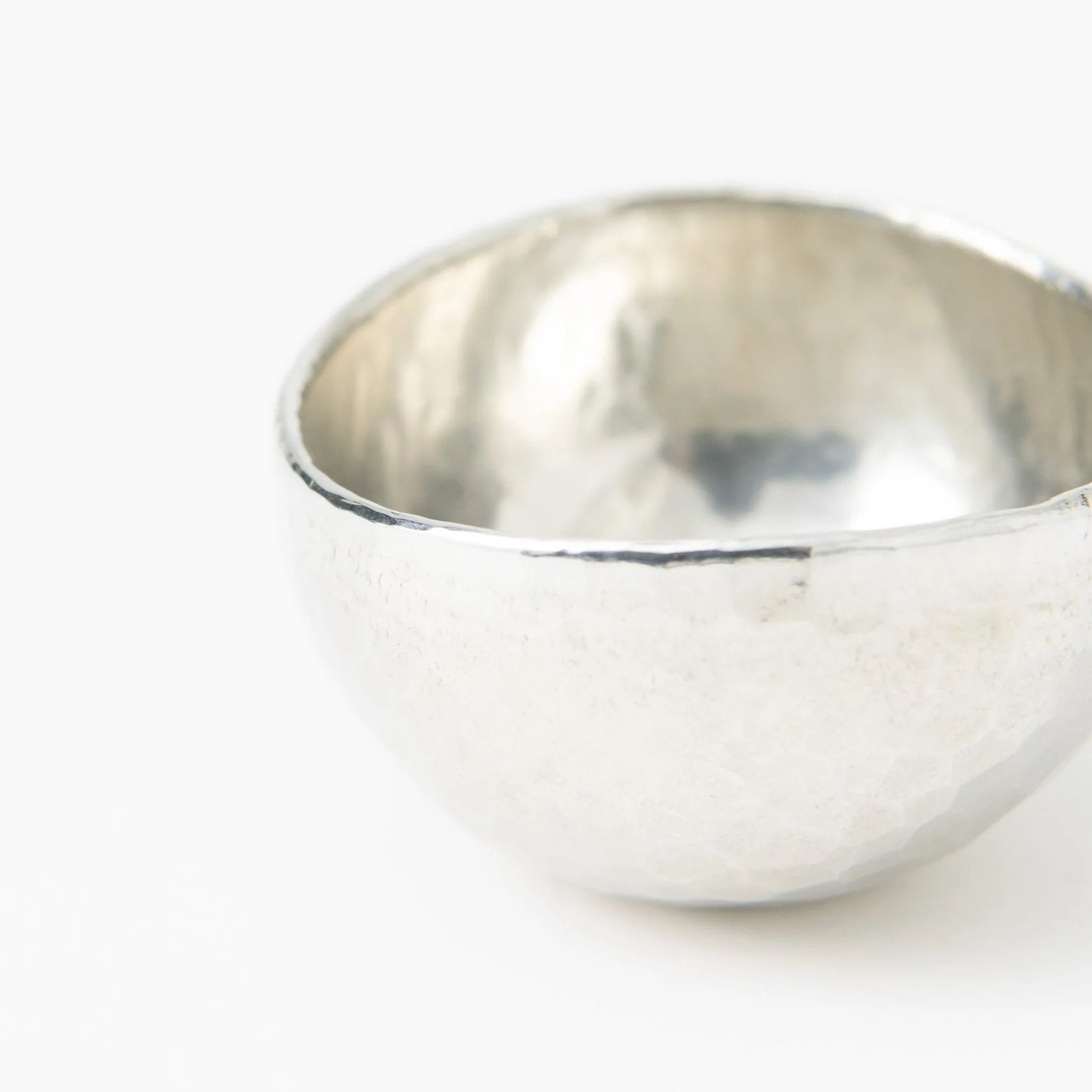
Copperware
Since its founding, Seigado has been committed to mastering the art of copper coloration. While preserving traditional techniques, they continually push the boundaries of technological development to enhance quality and introduce new innovations.
You can enjoy Seigado's uniquely distinctive indigo blue and red hues beautifully showcased in their copperware.
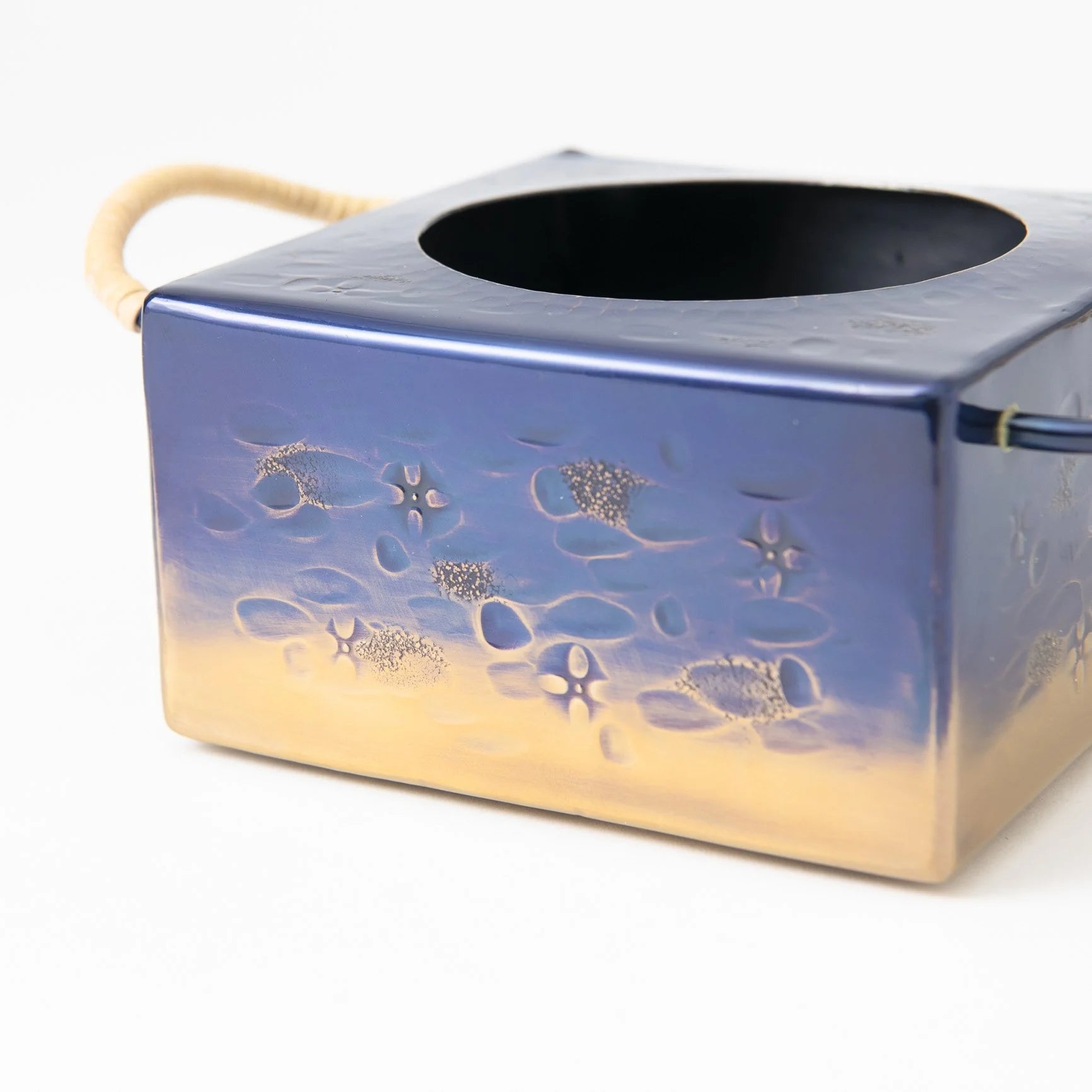
Indigo Blue Color
Seigado has perfected a method to achieve a deep indigo blue on copper by first forming, cleaning, and sulfurizing the metal for a rust-like appearance. The pieces are polished and then treated with a traditional patination solution to create an indigo blue hue. The final color is carefully adjusted based on daily variations in temperature, humidity, and other environmental factors.
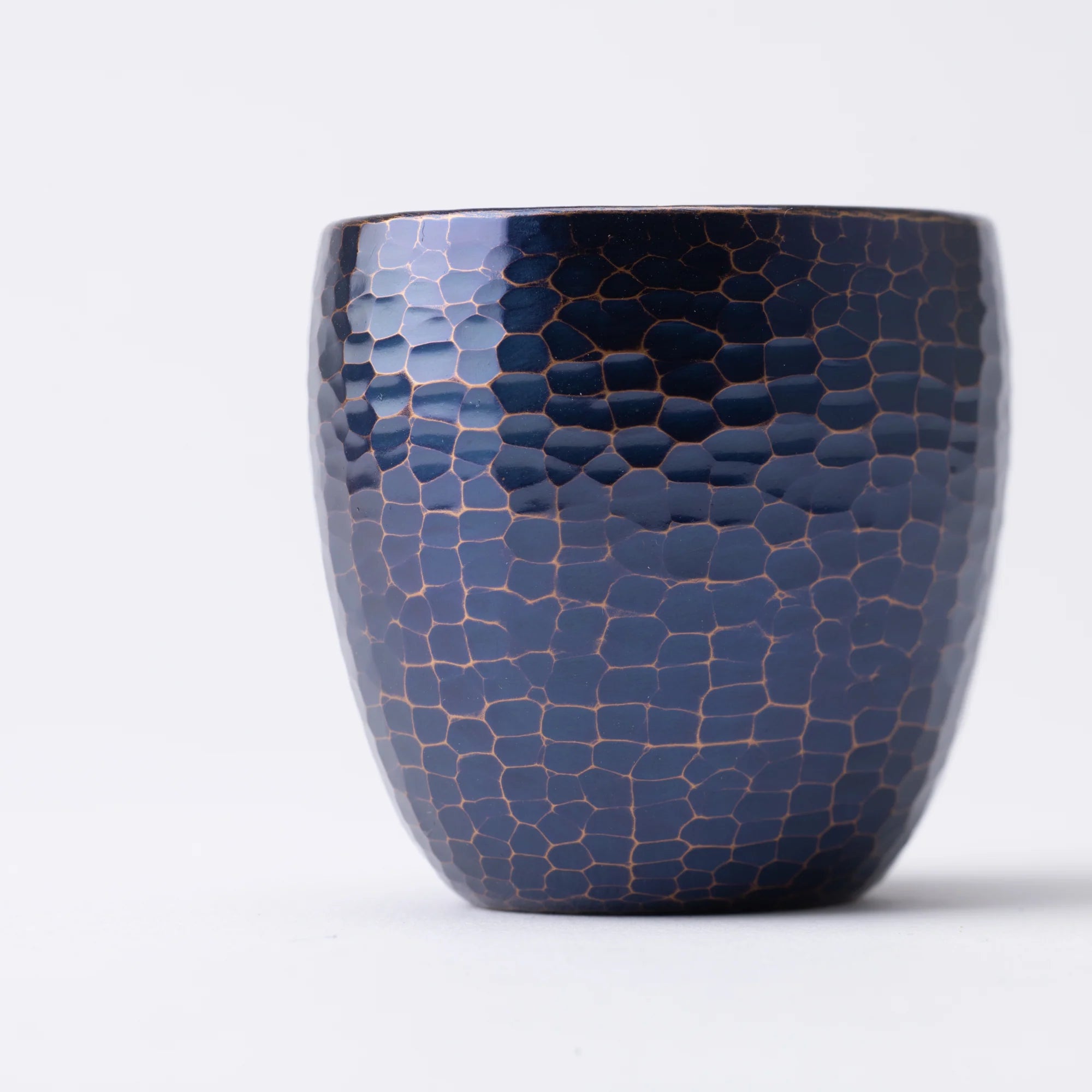
Golden Brown Color
After shaping a copper sheet, it's cleaned to remove any residues and then treated with a sulfurizing solution for a rusted appearance. Each piece receives careful attention, with black preserved in the hammered indentations to highlight shadows, while the rest is polished off. The piece is then soaked in a patination solution to achieve a golden brown color.
With careful use over time, each piece develops a deeper, richer patina, enhancing its charm and character.
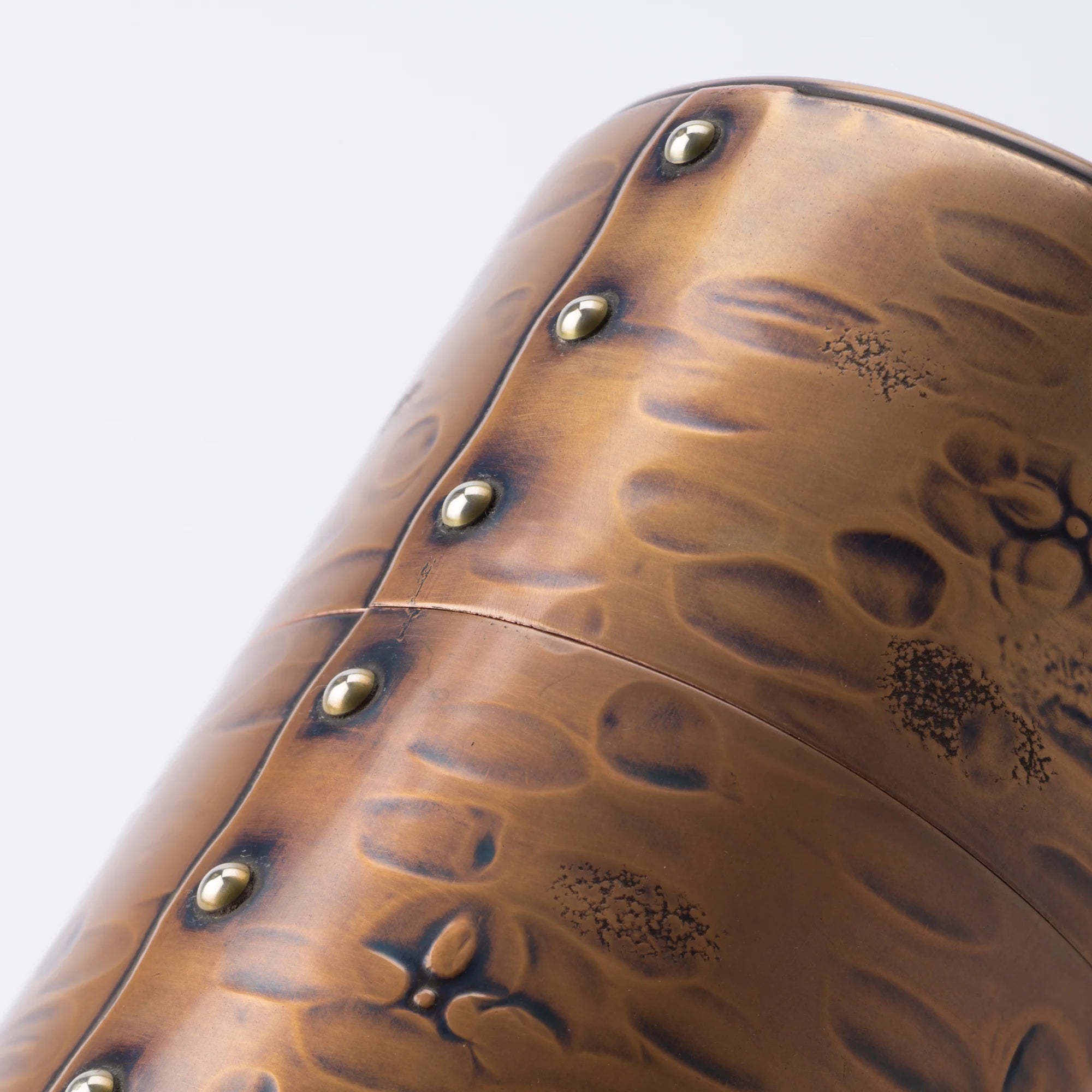
Red Color
Seigado’s signature red color is achieved by heating copper close to its melting point, forming an oxidized layer on the surface through rapid cooling. In Seigado's works, the vibrant red is called beniiro, while akaneiro describes a red with beautifully blended patches of blue and brown.
In hammered copperware, tinning red-colored pieces can ruin the hue, while achieving the red color after tinning burns off the tin. This has made it nearly impossible to combine red copper and tin in a single piece. Seigado’s red sake cup is a remarkable achievement, made possible by their innovative approach to metalwork.
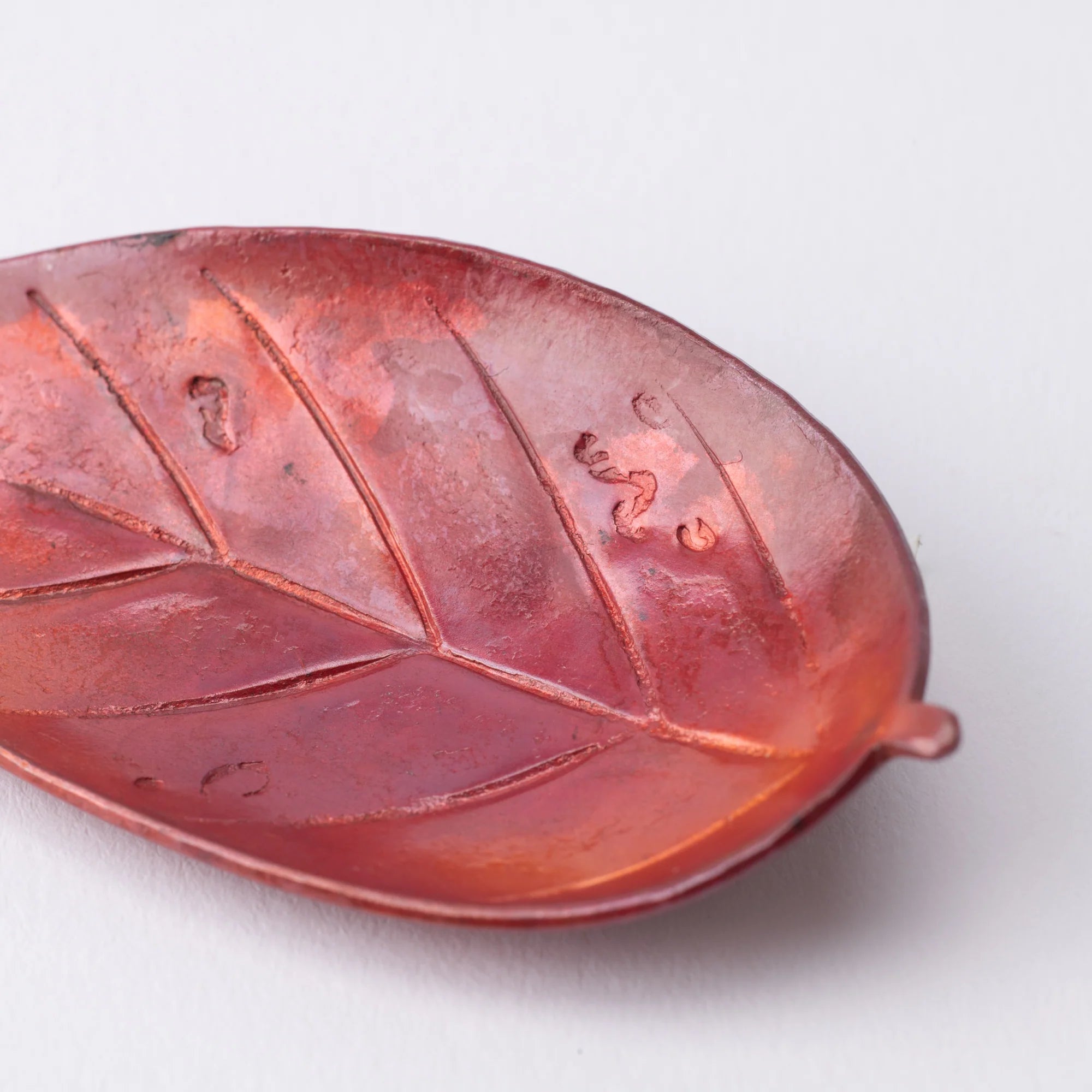
Golden Purple Color
This color is created by welding tin onto copper, then carefully processing and shaping the material. The final steps involve oxidizing the surface to turn it black, followed by soaking it in a patination solution to reveal a golden purple hue.
Using traditional techniques, the hammered copperware reveals a deep blue that can appear pale green in sunlight. With careful use, the piece gains more character and depth, evolving into a richer, more nuanced color over time.
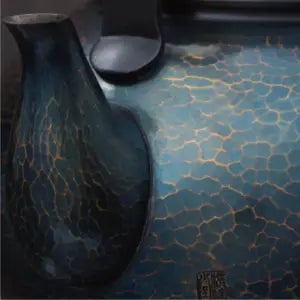
Golden color
Seigado's golden hue is achieved by welding tin onto the surface of copper, creating an alloy on just the surface, followed by shaping and treating it with a patination solution. Although maintaining consistent coloration can be challenging, the welded tin provides a rich and expressive finish.
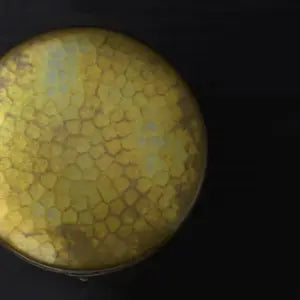
Sentoku (Reddish Brown) Color
After shaping, the copperware is thoroughly cleaned and polished to remove any traces of dirt or oil. It is then immersed for an extended period in a time-honored coloring process, allowing the color to slowly deepen into a rich reddish-brown. This color, known as sentoku at Seigado, exudes an aura of nobility.
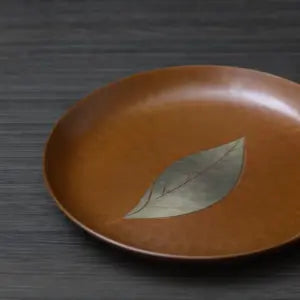
Origin & Other Makers
Related posts
Filters


